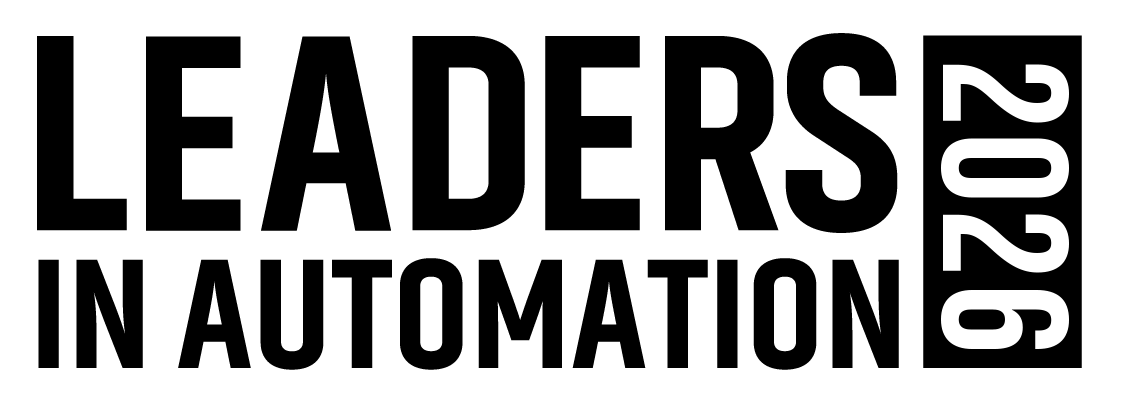2015 Siemens Automation Summit highlights: End-users want solutions, not products
Most importantly, about half of suppliers in the industrial automation market only become aware of a problem in their plant after a breakdown occurs1.
Downtime is a critical, costly expense for end-users in the industrial automation field, so predictive maintenance and monitoring are now of crucial importance. For this reason, technical know-how is a valued asset amongst equipment operators. Typically in the industrial automation market, the company purchasing products is not the company utilizing the equipment; because of this, efficiency has not been a priority historically. Today, suppliers such as Siemens are making a more concerted effort to offer training programs and other incentives to teach their customers the importance of optimizing their operations with full systems that are easily connected, monitored and regulated. The benefits of such a sales channel include improved efficiency, reduced maintenance costs, installation cost savings on a per-unit basis and increased lifetime of equipment.
While a motor supplier may remain successful today with a product offering consisting of only motors, the trend over the past five years has been to venture into other product markets. Several motor suppliers have reported an interest in acquiring drive suppliers, for example, and this has happened several times during this period. These markets are changing rapidly, however, and the next significant trend is to become a full system provider. This includes the sale of a whole package (motor + drive + motor-driven equipment) in conjunction with ancillary equipment such as valves, sensors and software. As energy efficiency regulations continue to take precedence, IHS notes that companies that have invested heavily in research and development (R&D) and acquisitions have recognized market share growth, as they have gained their customers’ favor. This comes from their newfound ability to train their end-users on how to maximize their systems, granting suppliers insight into their customers’ operations in order to provide the appropriate products and services. As we move further away from standalone products, it will be interesting to see how the life expectancy and overall efficiency of industrial automation equipment improve over time.
1 Statistics and conclusions of this post were gathered from the 2015 Siemens Automation Summit in Las Vegas

